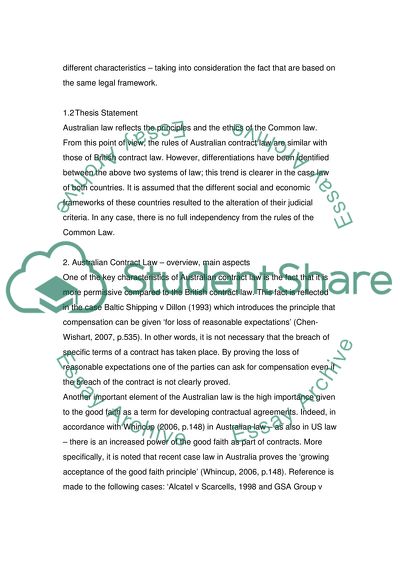Cite this document
(Comparing Australian Contract Law vs British Contract Law Assignment - 4, n.d.)
Comparing Australian Contract Law vs British Contract Law Assignment - 4. https://studentshare.org/law/1744849-business-law
Comparing Australian Contract Law vs British Contract Law Assignment - 4. https://studentshare.org/law/1744849-business-law
(Comparing Australian Contract Law Vs British Contract Law Assignment - 4)
Comparing Australian Contract Law Vs British Contract Law Assignment - 4. https://studentshare.org/law/1744849-business-law.
Comparing Australian Contract Law Vs British Contract Law Assignment - 4. https://studentshare.org/law/1744849-business-law.
“Comparing Australian Contract Law Vs British Contract Law Assignment - 4”. https://studentshare.org/law/1744849-business-law.


